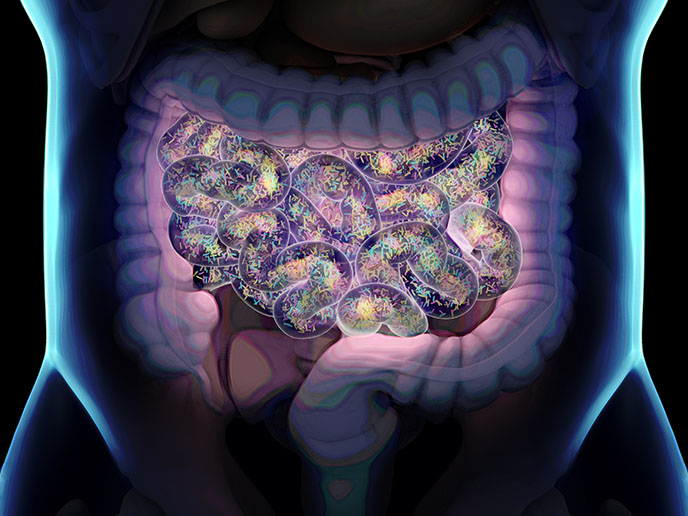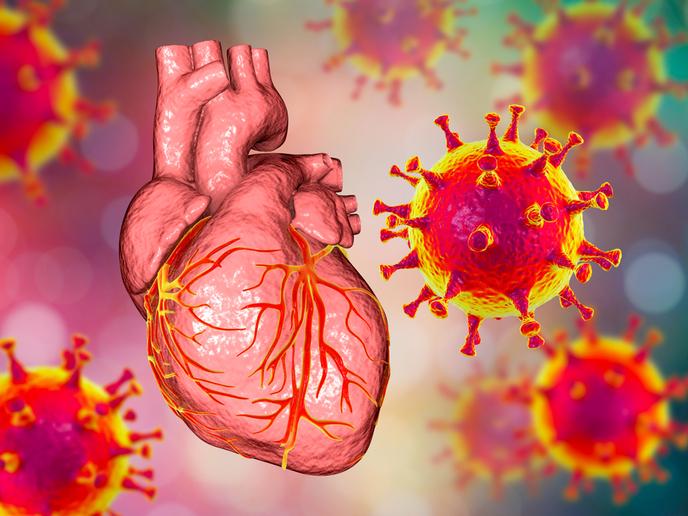Digital twin for personalised inflammation monitoring
Imagine having a virtual model of how your body works, a digital twin capable of simulating your response to disease or treatment. Digital twins have long been used in fields like engineering and climate science, but not yet in healthcare. By combining a patient’s genetic profile and medical history with real-time biometric data, digital twins enable clinicians to predict health risks before symptoms appear. In inflammatory diseases such as sepsis or severe COVID-19, where early intervention is critical, this predictive capacity could save lives.
Overcoming digital twin challenges
Despite its promise, building digital twins for real-time use in clinical care remains a challenge. Requirements include not only detailed patient data, but also sensors that can capture those data continuously, algorithms that analyse them accurately, and biological models that help interpret what the data mean. The EU-funded DIGIPREDICT(opens in new window) project brought all these components together to pioneer digital twin technology for inflammation monitoring.
Wearable sensors with real-time precision
A key objective of DIGIPREDICT was to develop wearable sensors that track specific biomarkers of inflammation directly from the skin. The sensors are combined with silicon microneedles that extract interstitial fluid painlessly with high efficiency. This innovative design enables biomarker monitoring without the need to draw blood. The team produced multimodal lactate and pH sensors(opens in new window) with a dynamic range ten times greater than current technologies. These allowed them to detect critical changes in tissue metabolism. Moreover, the project pioneered the first wearable sensor(opens in new window) for C-reactive protein (CRP), a key inflammation marker, using a real-time electrochemical technique called impedance spectroscopy. “These sensors give us a continuous, non-invasive window into a patient’s inflammatory state,” explains project coordinator Adrian Ionescu.
Organ-on-chip for smarter monitoring
To ensure the sensors capture the most meaningful signals, DIGIPREDICT also developed organ-on-chip models. These serve as physical twins, helping researchers simulate how inflammation, such as a cytokine storm, might unfold in real patients. The heart- and vessel-on-chip platforms were also used to study responses to inflammation and to explore how different drugs interact with inflamed tissues. According to Ionescu: “The organ-on-chip systems were central for the identification of the right biomarkers and for the validation of our wearable technologies.”
AI algorithms
The predictive power of DIGIPREDICT comes from more than sensors. Advanced AI algorithms integrate data derived from different hospitals, even when patient records are incomplete. The models were also trained across different institutions without the need to share sensitive data. This not only ensured privacy but also helped build more accurate tools. “Incomplete data is a reality in healthcare, and our algorithms treat missing data as a meaningful feature, which actually improves prediction,” highlights Ionescu.
From research to the clinic
One of the project’s key achievements was demonstrating that digital twin loops that integrate sensing, modelling and prediction can work in real-time clinical environments. Their wearable lactate sensor is now moving toward CE marking, with industry partner Xsensio SA(opens in new window) preparing it for commercial use. Another important exploitation path includes Ascilion’s(opens in new window) achievement of silicon microneedles for interstitial fluid extraction. Looking ahead, the deliverables of DIGIPREDICT will be explored in the new EU-funded RealCare(opens in new window) project for cardiovascular disease and cancer monitoring. “Digital twins are the way forward for a smarter, more sustainable way to manage health that focuses on the individual,” concludes Ionescu.







